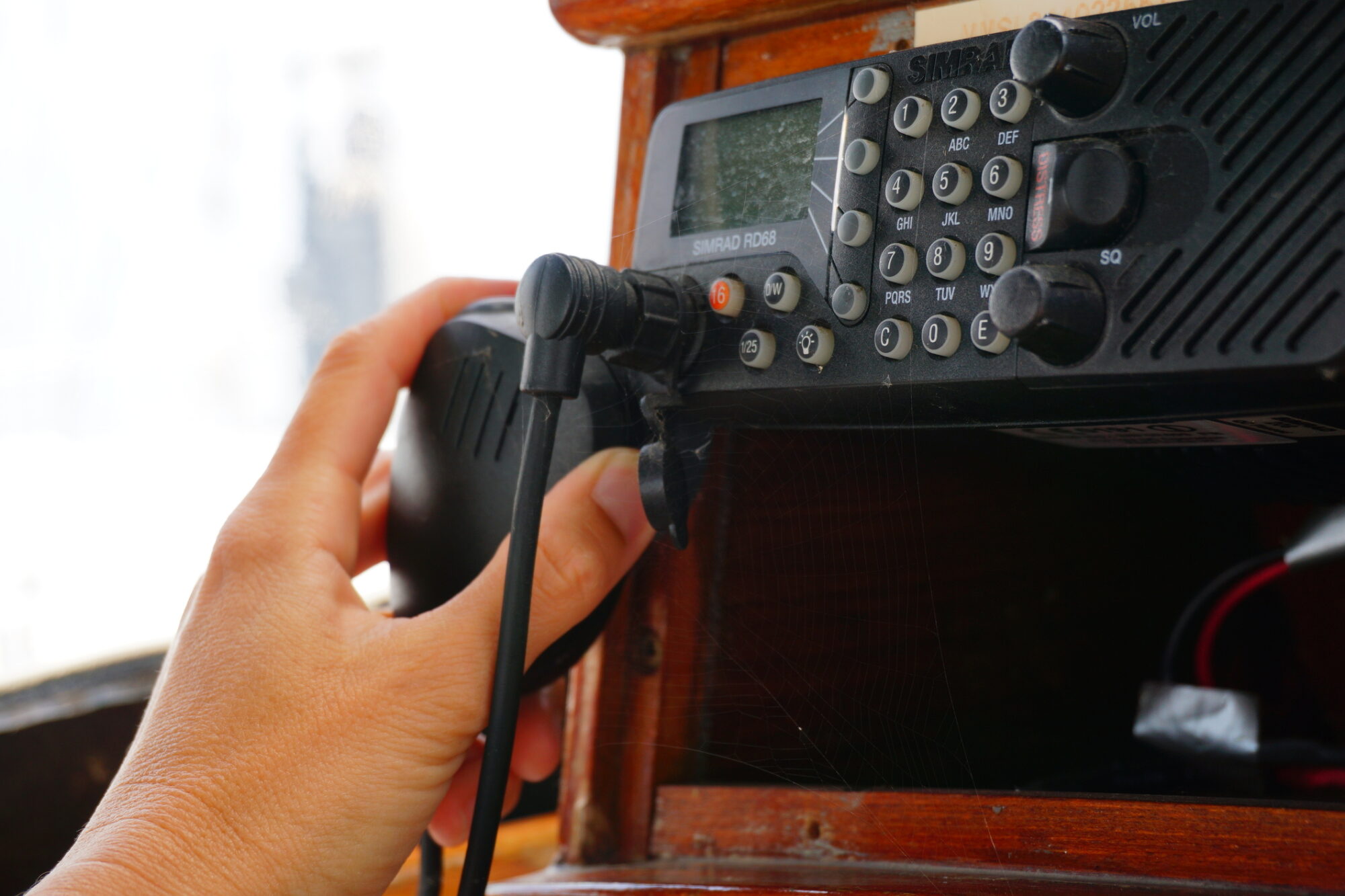Calling for Help: Appropriate Use of a VHF Radio
When you’re out on the water, being prepared for emergencies is crucial. One of the most reliable tools for calling for help is a VHF (Very High Frequency) radio. Understanding how to use this device correctly can make a significant difference in an emergency situation. Here’s a comprehensive guide to help you effectively use your VHF radio to call for help.
Why Use a VHF Radio?
VHF radios are essential for marine communication because they offer several advantages:
- Reliability: Unlike cell phones, VHF radios provide consistent communication range on the water.
- Range: They can communicate over long distances, especially in open water.
- Broadcast: They allow you to broadcast distress signals to multiple vessels and coast guard stations simultaneously.
- Dedicated Emergency Channel: Channel 16 is reserved for distress, safety, and calling, ensuring that your emergency calls are heard.
Steps for Using a VHF Radio in an Emergency
1. Turn On and Set the Channel
- Power On: Ensure your VHF radio is turned on and has sufficient battery life.
- Set to Channel 16: This is the international distress, safety, and calling frequency. Always start here in an emergency.
2. Make a Distress Call
- Press the Mic Button: Hold the microphone button down and speak clearly.
- Say “MAYDAY” Three Times: This signals an emergency situation. For example: “MAYDAY, MAYDAY, MAYDAY.”
- Provide Your Boat’s Name and Position: Clearly state the name of your vessel and its location. Use latitude and longitude if possible. For example: “This is the sailing vessel Seafarer. We are located at 48.1234° N, 122.1234° W.”
- Describe the Emergency: Briefly explain the nature of the emergency. For example: “We are taking on water and need immediate assistance.”
- Give Additional Information: Provide details such as the number of people on board and any distinguishing features of your vessel. For example: “We have four people on board. The boat is a white 30-foot sailboat with blue trim.”
3. Wait for a Response
- Release the Mic Button: After speaking, release the button and listen for a response.
- Repeat if Necessary: If you don’t receive a response, repeat the call.
4. Stay on Channel 16
- Monitor the Channel: Stay on Channel 16 to hear any responses or further instructions from rescuers.
- Follow Instructions: Be prepared to switch to another channel if instructed by the responding station.
Using Other Channels
While Channel 16 is for emergencies, your VHF radio has other channels for different types of communication:
- Channel 9: Often used for general communication and non-emergency hailing.
- Channel 22A: Used by the Coast Guard to provide safety information and instructions after initial contact on Channel 16.
Best Practices for VHF Radio Use
- Routine Checks: Regularly check your VHF radio to ensure it’s working correctly.
- Know Your Channels: Familiarize yourself with the channels and their uses.
- Keep the Mic Dry: Water can interfere with the microphone’s functionality.
- Limit Non-Essential Communication: Avoid using Channel 16 for anything other than emergencies or hailing.
Final Tips
- Practice Makes Perfect: Regularly practice making distress calls so you’re comfortable and prepared in an emergency.
- Educate Your Crew: Ensure everyone on board knows how to use the VHF radio and understands emergency procedures.
- Emergency Equipment: Keep your VHF radio in a readily accessible location along with other emergency equipment.
By understanding and correctly using your VHF radio, you can significantly enhance your safety on the water. In an emergency, clear and efficient communication is vital, and your VHF radio is your lifeline. Stay prepared, stay safe, and enjoy your time on the water with the confidence that you can call for help if needed.
Site created by Steve Stedman of Stedman Solutions, llc.